If You Want A *Bit* More Flexibility In Your Relationship, "Monogamish" Might Be For You
"Hearst Magazines and Yahoo may earn commission or revenue on some items through these links."
From rom-coms to pop songs, monogamy is generally presented as the norm. In fact, having to choose between romantic partners is the main plot point of countless films. But what if relationships didn’t have to be that way? What if couples were allowed to veer away from monogamy? Perhaps be a little “monogamish.”
Despite the mainstream view that monogamy is the only viable option, many other relationship structures are available. And for people who have grown up steeped in monogamous relationships but crave the freedom of casual dating, a monogamish relationship might just be the best of both worlds.
“Monogamish is a term that describes a relationship where the primary relationship structure is monogamy, but with some allowance for sexual activity outside the relationship under mutually agreed-upon circumstances,” says sex therapist Shadeen Francis. “You can think about it as a monogamous relationship that has more negotiated flexibility.” And that flexibility can be the difference between feeling stifled or restricted by a relationship, and feeling freed by it—even if you rarely take advantage of that freedom.
If you like the idea of having a solid partnership, but still being able to flirt, kiss, and maybe even sleep with other people, keep reading to discover what it means to be monogamish and if this relationship structure might work for you.
What does it mean to be monogamish?
The term “monogamish” was first coined by sex columnist Dan Savage in 2010. He talked about it in the context of one partner in the couple having a sexual desire that the other isn’t willing to meet (e.g., a foot fetish), and that person being allowed to get it met outside of the couple, explains marriage and family therapist, Kat Valentine, PhD.
But since then, the concept of “monogamish” has evolved and taken on a life of its own. “Monogamish can be used for relationships of any sexual orientation, can be a personal label, can apply to relationships that have more than two people, and can be a time-bound agreement rather than an identity,” says Francis
“In its broadest form [monogamish relationships are] anything that allows a couple to stay socially monogamous while having sexual adventures outside of the couple in some way,” says Valentine. “It could include threesomes, only having sex outside of the couple while out of town, only having one-night stands outside of the couple, swinging, visiting a kink club, [and more].”
When confronted with any kind of open relationship, people often worry about jealousy or even losing a partner. And while those are valid fears, monogamy is no guarantee against those problems, either. Roughly a third of people admit to having cheated in a monogamous relationship, while more than half of respondents say they’ve been cheated on, according to a 2022 YouGov poll. That same study highlights how nuanced cheating can be—it doesn’t always involve sex with another person, it could mean simply flirting or perhaps exchanging suggestive photos. While in strictly monogamous relationships these actions are viewed as unfaithful, these kinds of interactions might be permissible in monogamish relationships—perhaps saving everyone involved a bit of heartache.
What’s the difference between being monogamish and being in an open relationship?
In short, “open relationship” is an umbrella term to describe relationship styles ranging from monogamish to polyamory and beyond. But if you imagine these styles as a spectrum, monogamish is like a door left slightly ajar, whereas in polyamory or relationship anarchy it’s wide open.
“Monogamish refers to a relationship where a couple primarily practices monogamy but allows for limited, consensual exploration outside the partnership,” explains Heather McPherson, LMFT, founder of Respark Therapy. In contrast, other non-monogamous structures, "typically involve a mutually agreed-upon arrangement where one, or both, of the partners have the freedom to engage in romantic or sexual relationships with others,” usually to a higher degree and frequency.
Everyone uses these terms differently, so it’s important to always ask someone what they mean by their relationship labels. For example, “some swingers [couples who sexually interact with other couples] might consider themselves to be monogamish because they only play in the presence of their partner who they’re socially monogamous with outside of swinger spaces,” says Valentine.
What are the potential benefits of being monogamish?
Although not for everyone, the extra freedom that comes with a monogamish relationship can have a variety of benefits—and some of them are not what you’d expect.
Monogamish relationships can bring couples closer. “Through open discussions about fantasies and desires, couples can deepen their feelings for one another. The vulnerability and trust that a monogamish relationship requires can also strengthen the relationship,” says McPherson.
Being monogamish may improve your sex life. “Being monogamish can invite people in a couple to have ongoing conversations about their [sexual] desires. Talking about pleasure is one of the best ways to have a long-lasting sex life that is satisfying,” says marriage and family therapist Adam Maurer.
Monogamish relationships let you have your cake and eat it, too. “Being monogamish can give people some degree of sexual variety while still maintaining the secure feeling and societal acceptance of a socially monogamous relationship,” says Valentine.
Being monogamish allows each partner to meet their own individual needs. Monogamish relationships can be “a way to honor your individual identities within your relationship,” says Francis. “It can also help address varying sexual needs or interests that might not be completely fulfilled within the relationship.”
Monogamous doesn't automatically mean healthy. Here's how maintain a healthy partnership whatever your relationship style is:
What are some possible challenges of a monogamish relationship?
While clear communication about expectations is vital in any relationship, it becomes even more important when you’re stepping outside of monogamy.
“The first challenge is making sure you and your partner agree on what monogamish means for you,” says Valentine. Does your version of monogamish involve flirting with other people? How about having sex with folks outside of your relationship? If you and your S.O. aren’t aligned in your expectations, that may cause issues along the way.
“Jealousy and insecurity are common feelings that arise when exploring a monogamish relationship,” says McPherson. This is especially true when your ideas about what the relationship should look like are mismatched and expectations are not mutually agreed upon.
Another challenge of a monogamish relationship is possible romantic entanglement with outside partners. “Human emotions are unpredictable—even if you don’t mean to, it’s always possible to develop romantic feelings for someone even when they were supposed to be a casual sex partner,” says Valentine. For that reason, “it’s good to talk through what the two of you [you and your primary partner] would do if that happens.”
When it comes to exploring non-monogamous relationship styles, “folks will have to learn how to express themselves with clarity and compassion, process unpleasant emotions, and ensure that all partners are comfortable and consenting to the arrangement in an ongoing way,” says Francis. It’s not a one-and-done convo, but instead an ongoing journey.
One of the less expected challenges of a monogamish relationship can be the way that friends, family, and even medical professionals react if you choose to tell them. “Despite more visibility, there is still much stigma about non-monogamy. This can add difficulty in finding partners and in finding non-judgmental social support,” says Francis.
Although you are under no obligation to come out to anyone about your chosen relationship structure, it can be helpful to find community among people with similar interests. Dating apps like #Open and Feeld can be used to connect with other ethically non-monogamous folks as well as find partners. Social media sites like Facebook and Fetlife have dedicated groups for non-monogamous relationships. And websites like Meetup and Bloom can help you discover classes and events to learn more about various non-monogamous relationship styles, and build friendships.
How do I talk to my partner about becoming monogamish?
Communication is key to making a monogamish relationships work, and that includes the initiating conversation. Here’s exactly how to start that chat, according to the experts:
1. Check in with yourself first.
“The best way to introduce any new data about your sexuality to a partner is to first process it for yourself,” says Maurer. What does “monogamish” mean to you? What are your goals in having a monogamish relationship? “Be kind and curious as you notice new desires, then [you might] invite your partner to a conversation,” Maurer adds.
2. Utilize outside resources.
Pro tip: Use this article as a conversation starter. “You might say something like, ‘I read this article about being monogamish and the idea intrigued me. Is that something you’ve ever considered?’” suggests Valentine. Then, you can open up a discussion of what each of you think of the relationship style and what being monogamish might look like for your relationship specifically.
The Ethical Slut, Third Edition: A Practical Guide to Polyamory, Open Relationships, and Other Freedoms in Sex and Love

The Ethical Slut, Third Edition: A Practical Guide to Polyamory, Open Relationships, and Other Freedoms in Sex and Love
amazon.com
$15.05
Building Open Relationships: Your hands on guide to swinging, polyamory, and beyond!
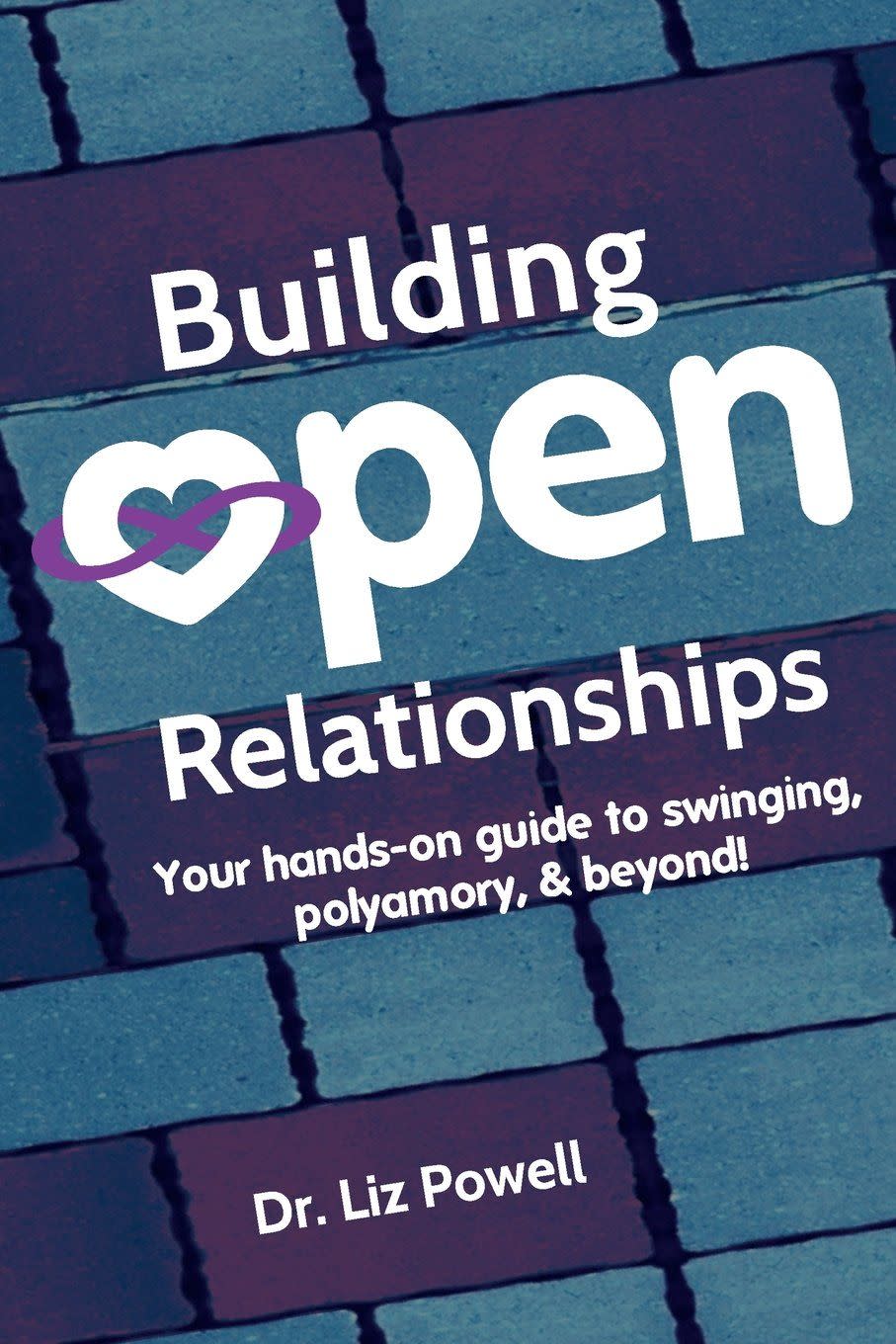
Building Open Relationships: Your hands on guide to swinging, polyamory, and beyond!
amazon.com
$25.00
Polysecure: Attachment, Trauma and Consensual Nonmonogamy
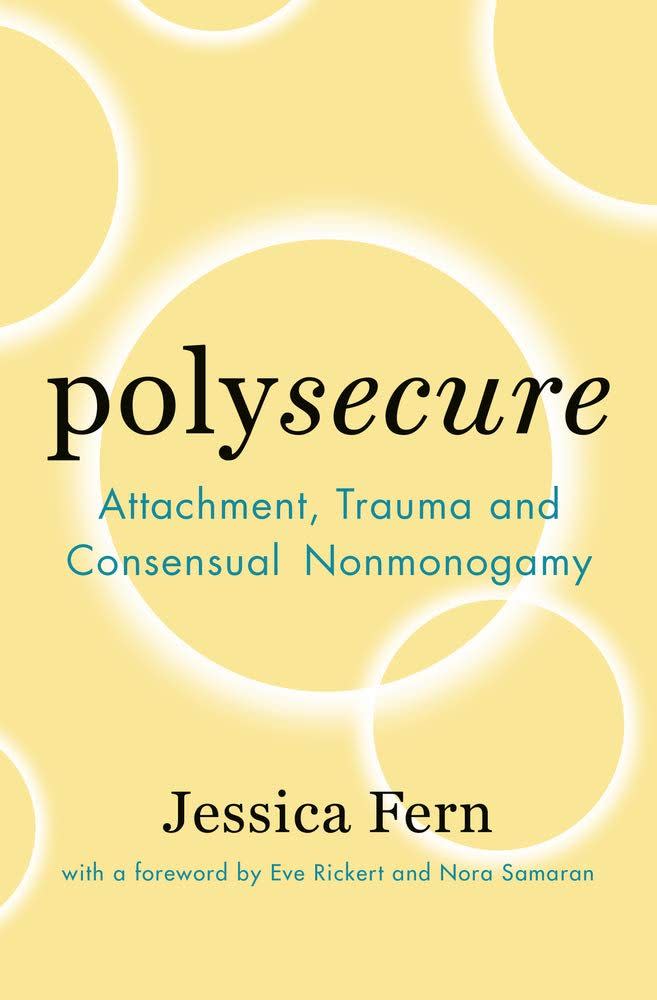
Polysecure: Attachment, Trauma and Consensual Nonmonogamy
amazon.com
$15.29
Open Deeply: A Guide to Building Conscious, Compassionate Open Relationships
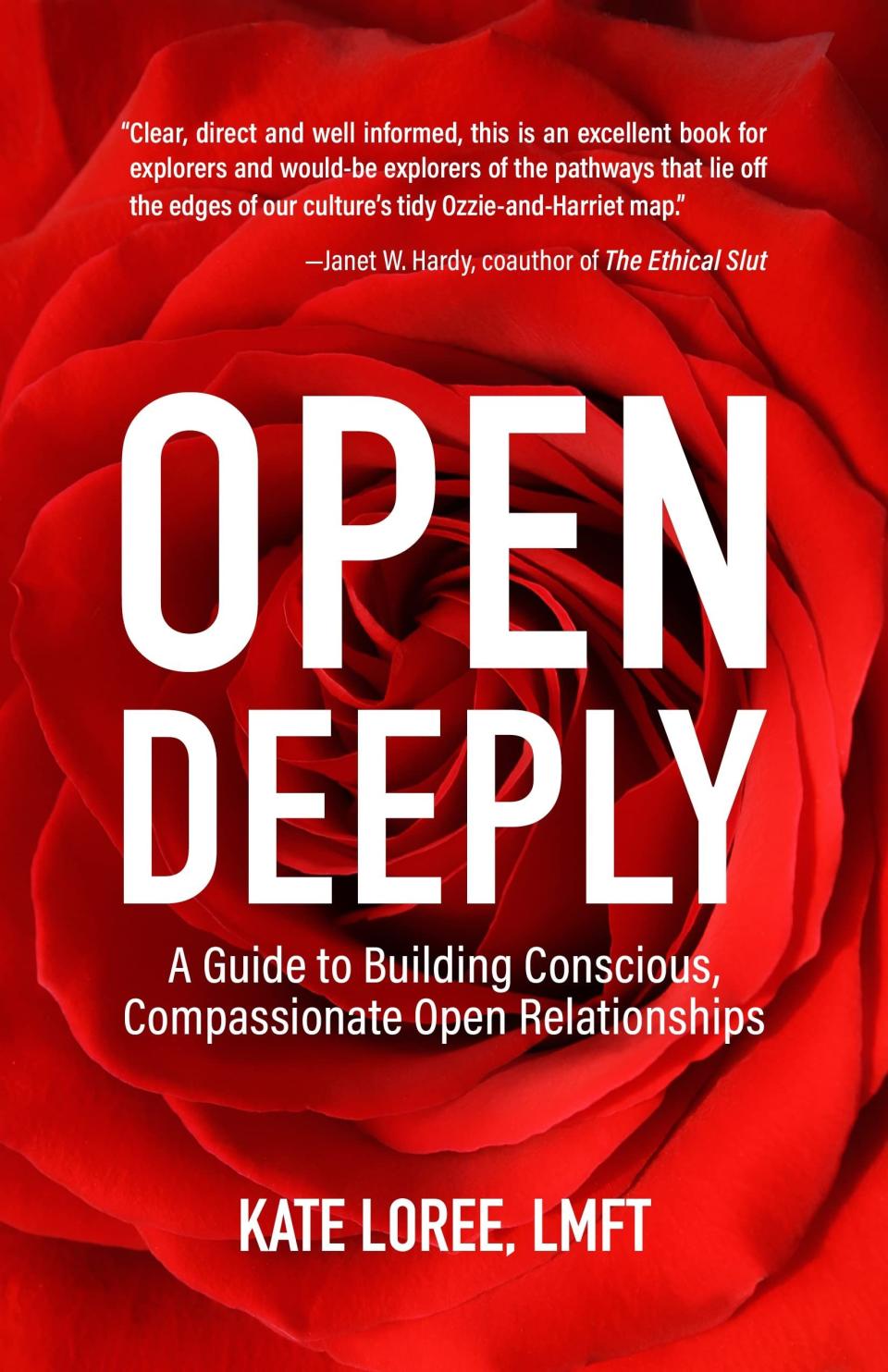
Open Deeply: A Guide to Building Conscious, Compassionate Open Relationships
amazon.com
$16.95
Cultivating Connection: a practical guide for personal and relationship growth in ethical non-monogamy
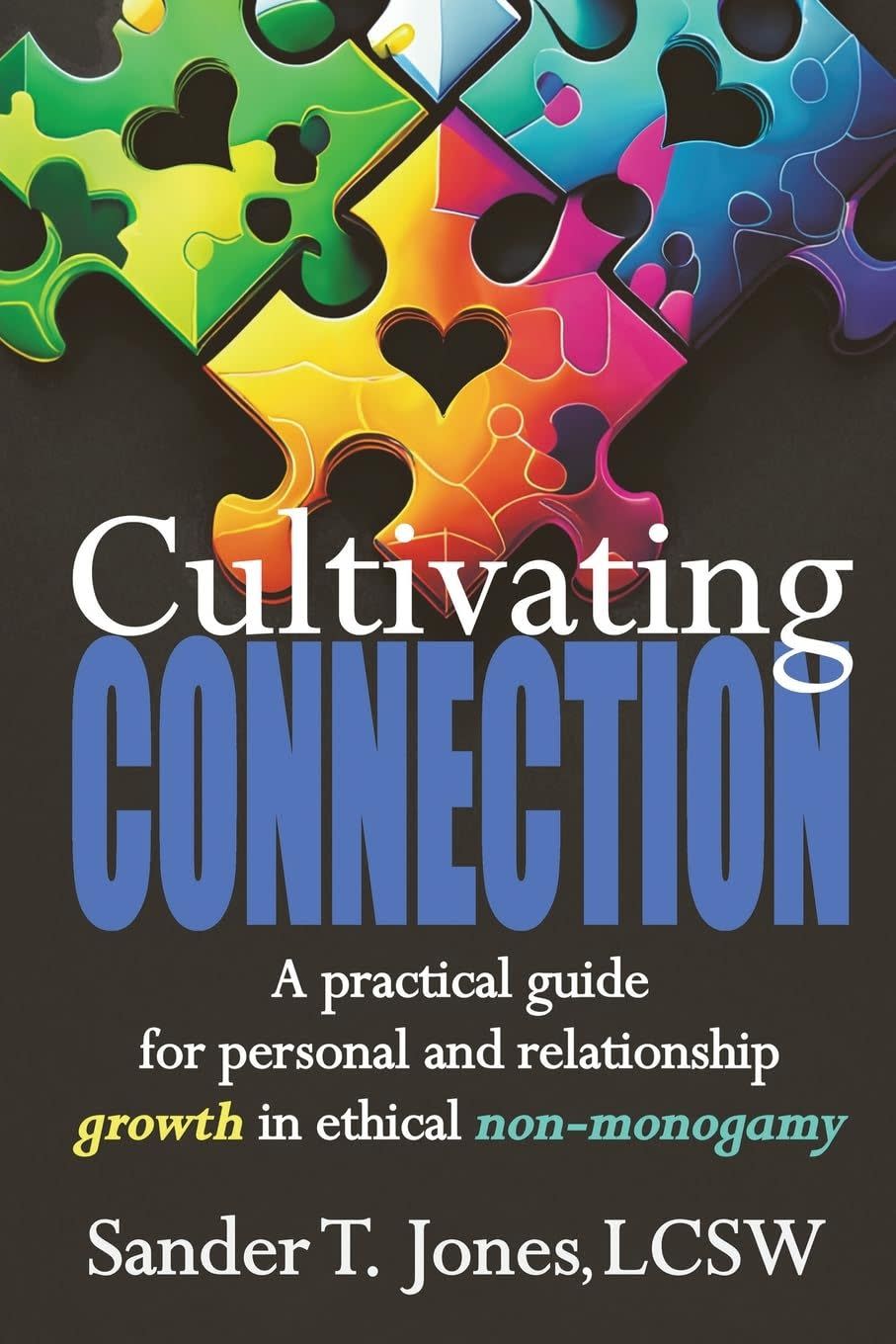
Cultivating Connection: a practical guide for personal and relationship growth in ethical non-monogamy
amazon.com
$21.99
Love's Not Color Blind: Race and Representation in Polyamorous and Other Alternative Communities
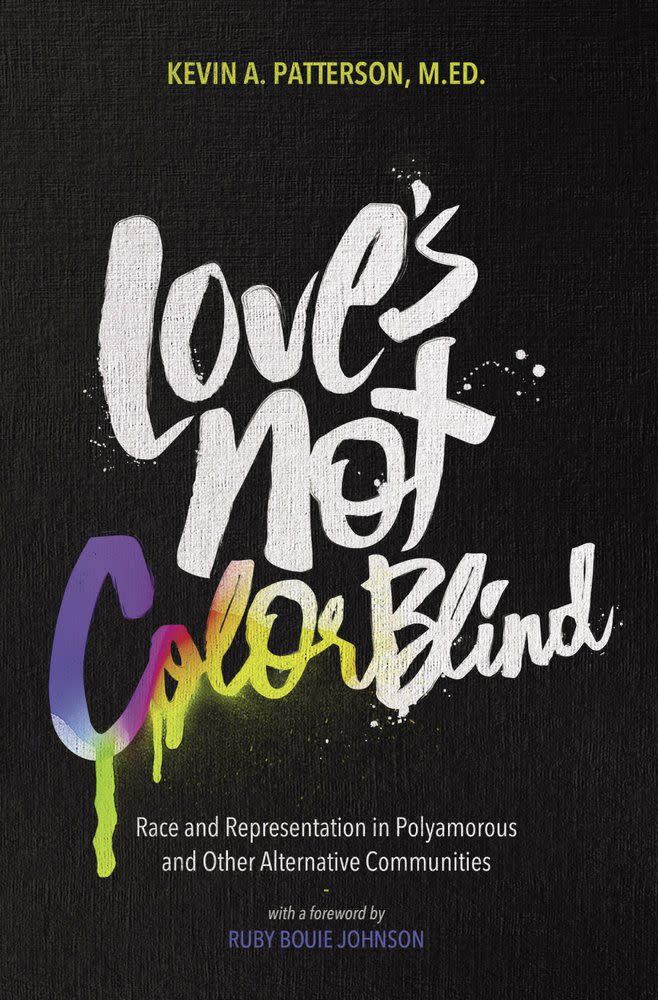
Love's Not Color Blind: Race and Representation in Polyamorous and Other Alternative Communities
amazon.com
$19.95
Redefining Our Relationships: Guidelines For Responsible Open Relationships
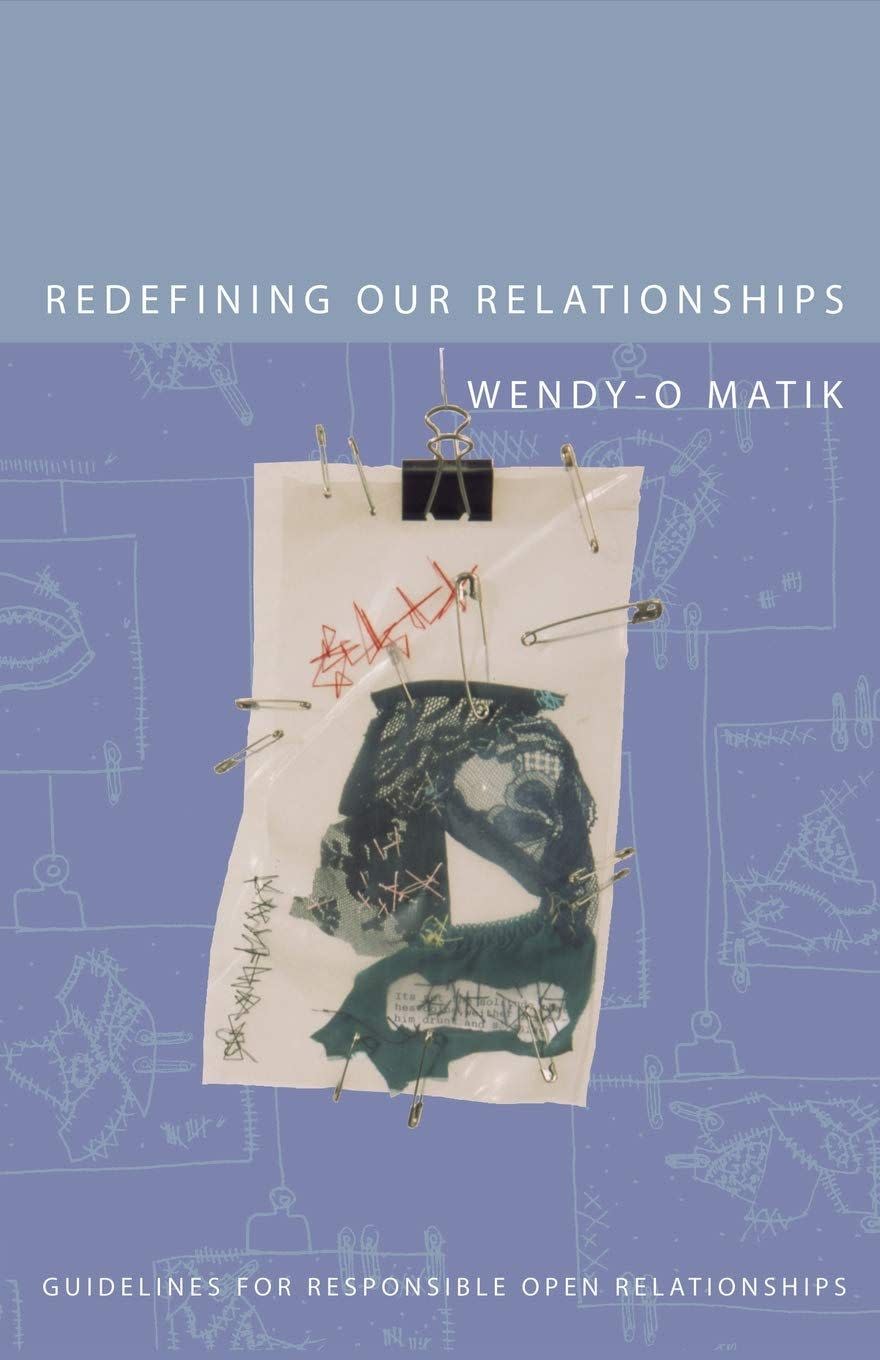
Redefining Our Relationships: Guidelines For Responsible Open Relationships
amazon.com
$13.70
Stepping Off the Relationship Escalator: Uncommon Love and Life
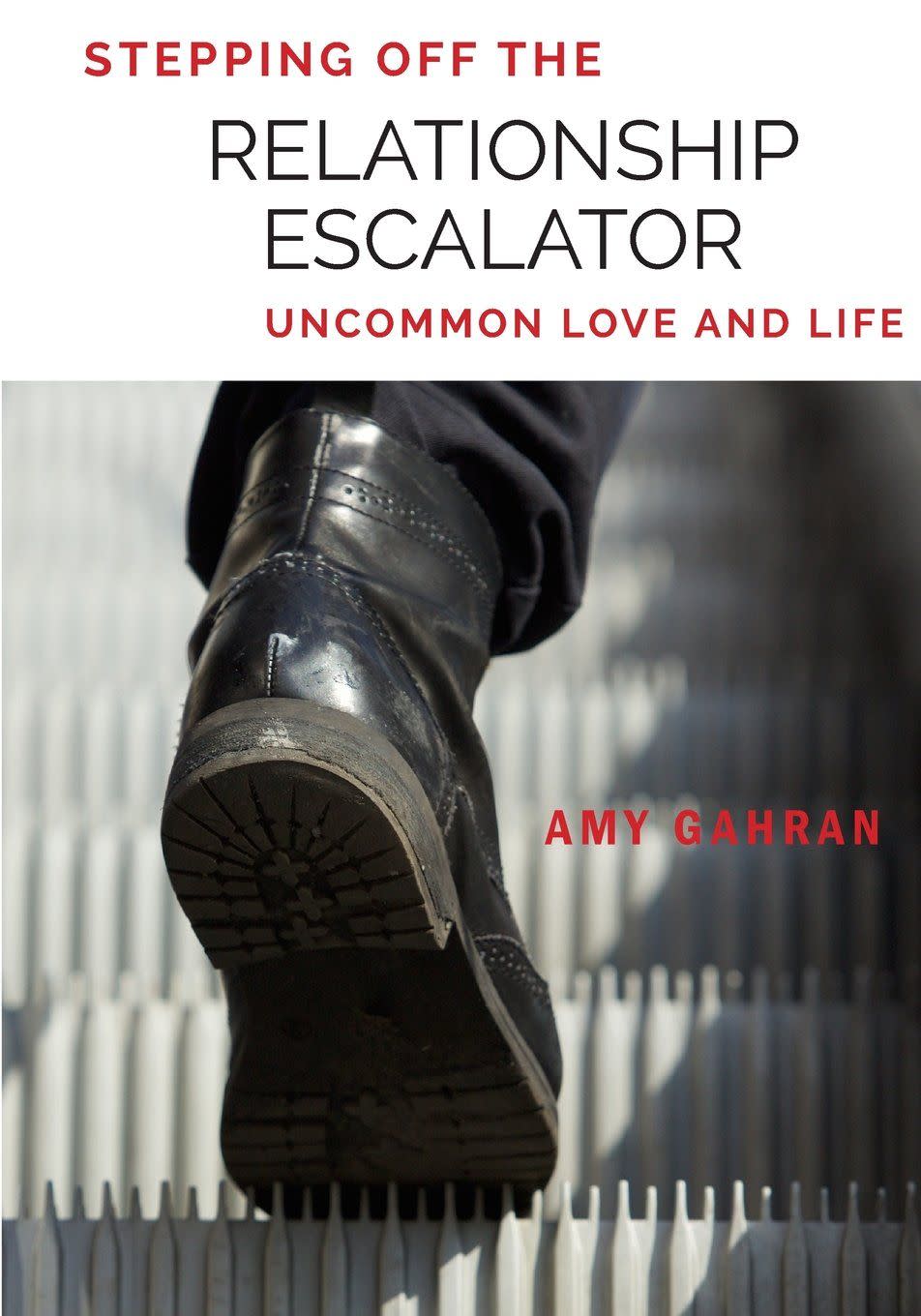
Stepping Off the Relationship Escalator: Uncommon Love and Life
amazon.com
$22.87
3. Start slow, and don’t expect to come to an agreement right away.
To set yourself up for success during the actual convo, “choose a calm, private setting and express your thoughts and feelings clearly, emphasizing your commitment to the relationship and your desire for exploration,” advises McPherson.
Additionally, “talk about your relationship values and what’s important to each of you. Be receptive to your partner’s perspective, actively listen to their concerns, and be prepared to address questions and fears that might arise,” McPherson adds.
Most importantly, don’t rush the process. “This is an ongoing conversation that might take weeks to months to understand and agree upon boundaries and expectations.”
4. Don’t hesitate to get additional support.
Before starting on your monogamish journey, “both partners should feel comfortable and in agreement with any changes to the relationship structure,” says Francis. “There are tons of books, podcasts, community forums, and journals to help you expand your knowledge and encourage introspection.”
If you’re able, you might even consider working with a therapist or coach who is experienced in working with non-monogamous couples to support you along your journey, Francis adds.
Even if you ultimately decide that a monogamish relationship isn’t for you, the conversation is still worth having. Sharing your sexual desires with your partner brings you closer together, and even if you don’t try every idea under the sun, it opens the door to sharing other fantasies and strengthening your connection through exploration.
Meet the Experts: Shadeen Francis, LMFT, CST, is a licensed marriage and family therapist and board-certified sex therapist. Adam Maurer, LMFT, LPC, is a licensed marriage and family therapist with a focus on non-monogamous and queer relationships. Heather McPherson, LPC-S, LMFT-S, CST-S, is a licensed marriage and family therapy supervisor, certified sex therapy supervisor, and founder of Respark Therapy. Kat Valentine, Ph.D., AMFT, is an associate marriage and family therapist specializing in kink and non-monogamy.
You Might Also Like

